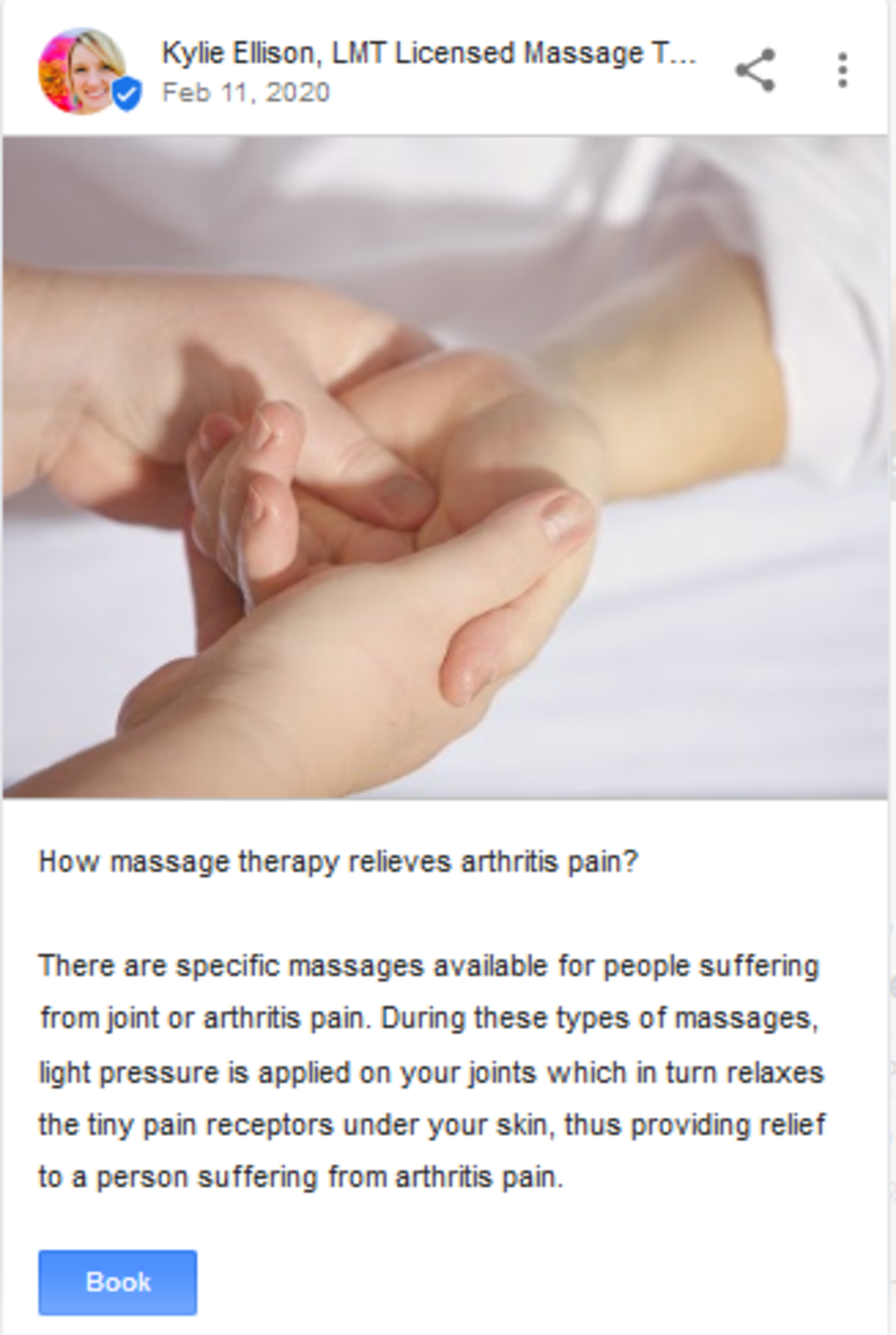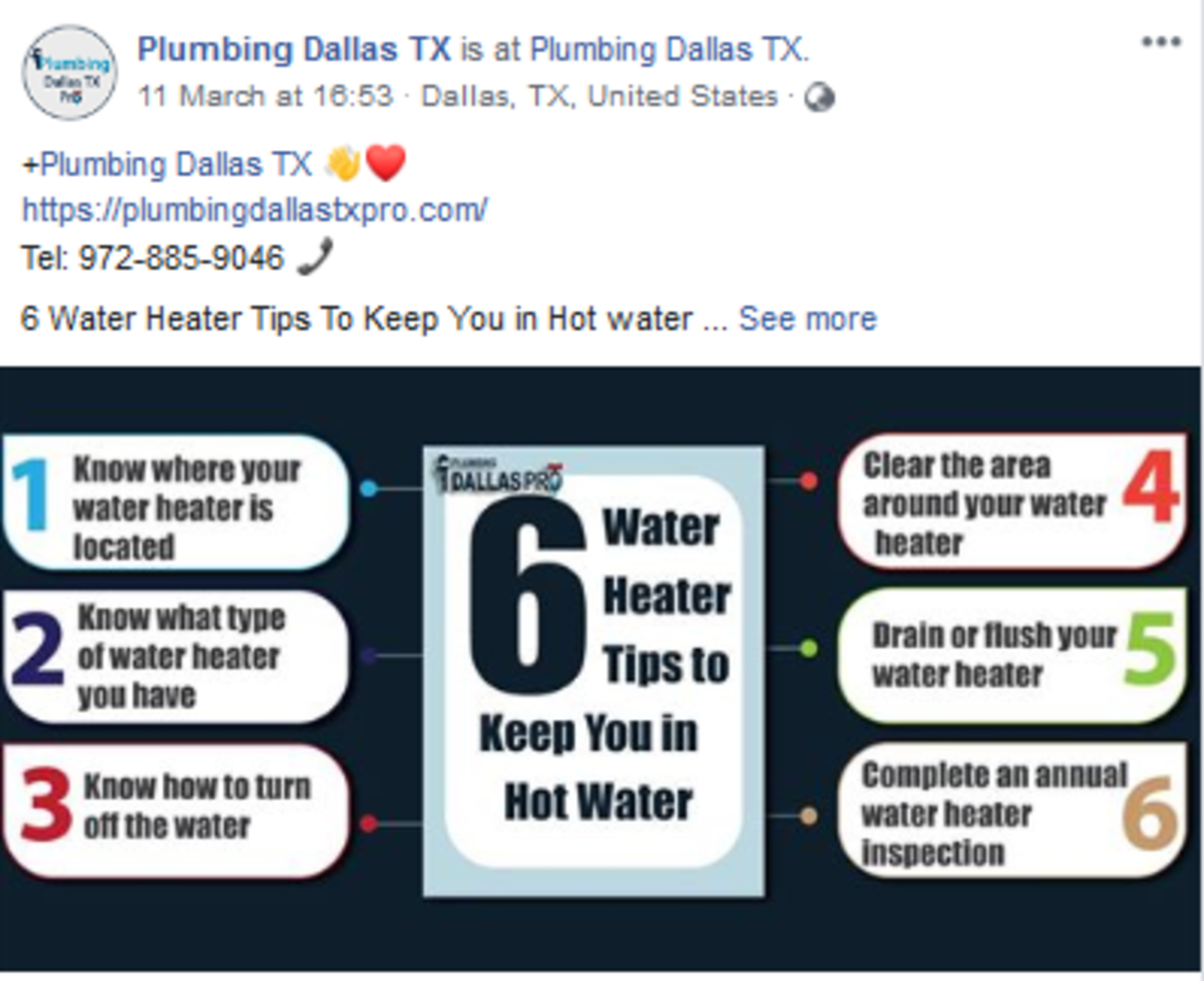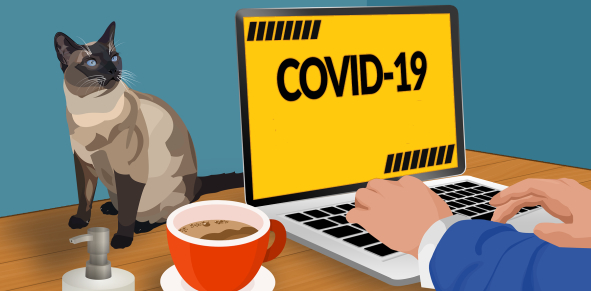All businesses have now fully grasped the importance of content creation, and are putting their time and effort into content marketing. With worldwide shelter-in-place orders and quarantines in effect because of the COVID-19 pandemic, people are turning to the internet and social media to fill their time, provide information, and distract them from the situation. But there’s a difference between making content and making engaging content. People are interested in reading content they find interactive, entertaining, and compelling now more than ever. It’s the perfect time to refine your content creation strategy, especially if you, like most businesses, are losing out on regular businesses because of the coronavirus.
Humans are hardwired to respond to the narrative. Storytelling is one of the most effective content marketing strategies, but only when used in the right way. The best way to capture the attention of your target audience is to narrate a story in an engaging way.
Generating content that not just compels your potential customers towards your business, but also maintains their interest requires energy and time. How exactly should you do this? By incorporating the following types of attention-grabbing content:
1. Unique Headlines
This is the first thing your potential clients see, and it, therefore, must be able to instantly motivate them to check out your content but keep in mind that the headline must not be misleading. Your goal should be to steer the audience towards your content and ensure they stay interested till the end, so the headline should act as a preview for the value that your content will provide.
There are several types of headlines that you might like to try::
· Offering a Guarantee – for example, a money-back offer on your product
· Direct Offer – offering a specific discount on your product
· Testimonial – a short quote from a customer expressing how they feel; “I love this product!”
· Explanatory – how your product helps with specific issues
· News style – a story told about your product helped someone in a certain way
· How-to – a guide to using your product and enjoying the benefits
Remember, the headline can be short or long, and should tell the reader what exactly they will find in the content. Don’t be afraid to make your content more readable by dividing the article into subheadings, shorter paragraphs, and bulleted lists to maintain your audience’s attention.
2. Images and Videos
People love content that includes images and videos. These formats can make your content more interactive, so the audience is more likely to stay interested until the end.
Again, be sure that the videos and images are not misleading, and are relevant to your brand and the content shared with them.
Additionally, when you are using a video, be sure to keep it short and loaded with valuable and easily-explained information. A tutorial, for instance, is packed with value and a great way of keeping the audience engaged until the end.
How to create images and videos during COVID-19?
Make use of photo-editing platforms such as Canva, Adobe Sparks, and the like, and create images that are highly relevant to the current situation. For videos, you can conduct an online interview, live video, or conference how the current situation has affected your business and consumers.
You can use these COVID-19 resources:
3. Infographics
Adding infographics to your website is a surefire way of ensuring your target audience pauses to look at your content. Visual content is always more appealing than written content.
Using charts, graphs, and other illustrations as infographics make it easy for the reader to understand the content in a short period of time, an essential factor considering the average attention span of consumers on social media is somewhere from eight to twelve seconds. Especially during the coronavirus situation, be sure that you aren’t spreading false information or causing unnecessary panic.
Why are Infographics relevant during COVID-19 coronavirus times?
Infographics help the majority of people to easily understand data and statistics. The majority of the population are not fond of reading, thus, putting crucial information about the current pandemic into an infographic helps to effectively relay essential information that can help save lives.
Below are a few great examples of COVID-19 infographics:
4. Checklists
Checklists add value for your target audience because they can print them out and use them. If your prospects are printing out and using a piece of content with your logo on it, they aren’t likely to forget you any time soon. This type of content is not difficult to create or promote. Add step-by-step points to complete an action, which users can easily follow and check off each task as they complete it.
Your target audience will appreciate a checklist as it will make a task seem easier to them. For instance, if you are in the fitness business, you can create a checklist for morning stretches. Add small illustrations, some color, and a nice font to make it visually appealing.
The best thing about checklists is that they can also be added to other types of content. You can include them in your monthly newsletter, a blog post, or social media post, or use them as free printables.
Here are examples of how checklists are used in blog posts:
- Covid-19 Creates Blue Ocean Shift in Marketing and SEO
- How COVID-19 Affects Certain Industries and Tips on How Can Law Firms Thrive Amidst this Pandemic
5. EBooks
Ebooks are another way of providing valuable information to your target audience. It’s best not to ask for anything in return (like an email address) but give the resource away at no cost.
Everyone loves something free, especially if it offers them value. Offering a free eBook is a great way of generating more traffic on your website and landing pages. Informative pieces are good, but the best e-books will contain how-to’s, lists, and tutorials so that the reader has been given something useful.
Here are some examples of ebooks that SEO and marketing companies can help their clients with:
- SEO for Beginners: An Introduction to SEO Basics
- Search Engine Optimization All-in-One For Dummies
- Your Definitive Guide to Ecommerce Marketing in 2019
- The Complete Guide to On-Page SEO
6. Case Studies
There are numerous businesses that include case studies as a part of their content marketing strategy. Many of these are irrelevant and boring, but there are others that are so gripping that you can’t help but read all the way till the end.
The art of storytelling plays a major role in this type of content. To make this work for you, it is essential that you find a situation that is relevant to your target audience. Make it informative by describing the steps taken to resolve the issue, and how the outcome benefitted the client.
The case study you incorporate must offer insights and solutions to the problems mostly faced by your target audience. This demonstrates your resourcefulness and will establish your authority as a leader in your niche that your target audience can trust.
Here are some examples of case studies that are relevant to qualitative research and how it should apply to coronavirus:
- WHO - Coronavirus disease 2019 (COVID-19) Situation Report – 59
- NCBI - Features, Evaluation and Treatment Coronavirus
- Medscape - Coronavirus Disease 2019 (COVID-19)
7. Social Media Posts
You already know the significant role that social media platforms play in promoting and marketing your business. Whether you have a small business or own a major organization, social media can do wonders for your reputation and brand awareness. Making prospects aware of your company’s value is especially important so that when they’re in a position to buy, they’ll remember you.
This is especially true when you create engaging and valuable social media posts on major platforms like Instagram, Twitter, and Facebook. This will enable your business to attract your target audience and maintain a good relationship with both your existing and potential customers.
Here are the best examples of social media posts for your business:
Law firm

Doctor

Massage therapist

Dentist

Plumbing company

Roofer

The way you utilize these posts for content marketing depends on the goals of your company. Whether you want to launch a new product, influence your target audience, alert them about upcoming promotions and sales, this is the fastest and most efficient means of reaching out to them. A consistent online presence may be the key to pulling through to the other side of the economic crisis caused by COVID-19.
Many businesses are already reaping the benefits of using these types of content in their content marketing strategy. You can utilize any or all of these seven content types in your marketing plan, depending on your goals and objectives. These can even be used to promote one another. For instance, announce the free eBook to your target audience through your social media posts or share your case study in the form of infographics.
Just make sure that the type of content you use is relevant to your business and offers real value to your target audience. This is the only way you can actually enjoy the benefits of using the attention-grabbing content and leave your target audience wanting more.
Both you and your audience will benefit from COVID-19 related content if you have something valuable to say, but avoid overdoing it. Don’t stretch for ways to relate your business to a health crisis. You don’t want to seem like you’re capitalizing on a tragic situation. Instead, try providing ideas for how your audience can constructively spend their quarantine time or ideas on how they can safely help their communities. Remember, during the coronavirus pandemic, something lighthearted and distracting is valuable to the many people out there who are looking for something else to think about.
Check out the KISS PR office location here.
Release ID: 13194

